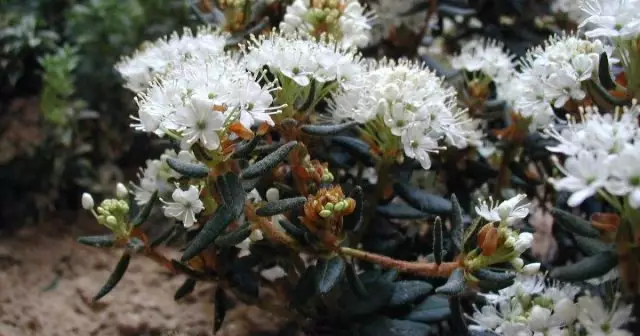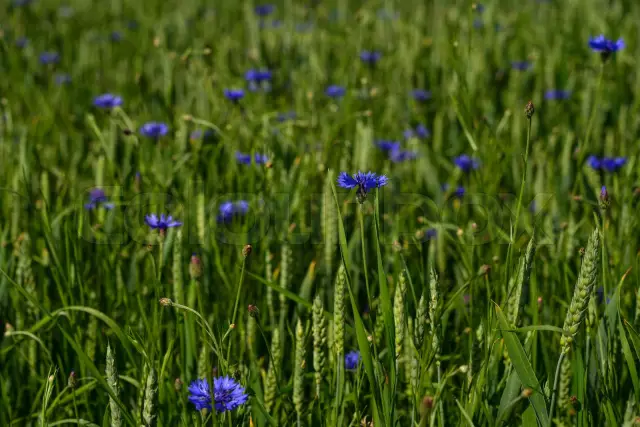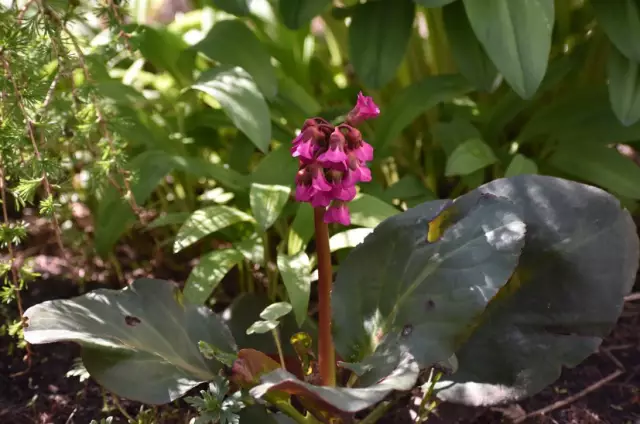- Author Rachel Wainwright [email protected].
- Public 2023-12-15 07:39.
- Last modified 2025-11-02 20:14.
Arnica
Instructions for use:
- 1. Chemical composition
- 2. Useful properties
- 3. Indications for use
- 4. Contraindications
- 5. Home remedies
Prices in online pharmacies:
from 57 rubles.
Buy

Arnica is a medicinal plant used to stop bleeding, in the treatment of diseases of the cardiovascular system, as well as as an external agent that helps accelerate the resorption of hematomas.
Chemical composition
Arnica is a perennial herb from the genus of the Astrov family (there are more than 30 species), mainly grows in North America, Canada, Russia and European countries. The plant is also called mountain sheep, throaty grass, Ivan's color, mountain swimsuit, beard, hare cabbage, drop cap.
Mountain arnica is famous for its medicinal properties - an unpretentious plant found on the edges and in thickets of bushes. Arnica Sakhalin and Arnica meadow also have healing properties - low plants (up to 60-80 cm) with a pleasant peculiar smell (they have a short cylindrical rhizome, leaves shortly pubescent on top, yellow flowers and narrow pubescent fruits).
The underground parts of mountain arnica contain: tannins, wax, bitterness, resins, essential oils, plant analogues of hormones, gum.
The inflorescences contain: arnicin (up to 4%), essential oil, tannins (up to 5%), cynarin, choline, carnaubil alcohol, zeaxanthin, crystalline substance, helenin, sterols, fatty oil, vitamin C, sucrose, organic acids.
The substances contained in flowers and roots are also found in stems and leaves, but in smaller quantities.
For treatment, baskets of flowers of plants of the second year of vegetation (or more) are usually used. The collection begins in mid-June, while the flower baskets are plucked without stalks. When properly harvested and dried, the healing properties of arnica can last up to 2 years.
Beneficial features
Arnica has been used as a remedy for a long time. In modern official medicine, the herb is not used very often, although it is included in the pharmacopoeia of many countries.
Arnica is one of the plants from which the first homeopathic remedies were made, usually using underground parts. In most cases, these are remedies for sprains, bruises, dislocations, birth injuries. They are prescribed for sleep disturbance, cough, sore throat, retinal detachment, dry throat, coughing up blood, indolence of the stomach, pulmonary emphysema, retinal hemorrhages. The use of arnica in the form of homeopathic medicines reduces the duration of the recovery period after surgery, and also helps to alleviate the patient's condition during this period.
In small quantities, arnica flowers activate the brain, in large quantities they suppress it. They have anticonvulsant properties, suppress reflex excitability of the central nervous system, and increase the lumen of blood vessels that feed the brain. Medicines made from arnica flowers can help lower blood pressure.
Due to the beneficial properties of arnica, in folk medicine, the plant is used as an astringent for digestive disorders, for expelling excess water from the body, for female diseases, acute respiratory viruses (ARVI), bronchial inflammation, after concussion and for epilepsy.
For ulcers, abscesses, wounds and rashes, the affected area is treated with an aqueous solution of the plant. For joint pain, lumbago, trauma, gout and toothache, lotions are used.
Alcoholic tinctures of arnica flowers are effective as a styptic for nosebleeds or uterine bleeding. In obstetrics and gynecology, they are used for inflammation and violation of the involution of the uterus after childbirth.
Indications for use
- Diseases of the gastrointestinal tract;
- Various bleeding (including those caused by a cyst, polyps or other tumors of the uterus and its appendages);
- Increased nervous irritability;
- Cardiovascular disease;
- Hypertension;
- Myocarditis;
- Angina pectoris.
Contraindications
- Individual intolerance;
- Pregnancy;
- Increased blood clotting.
Arnica home remedies
The use of arnica is effective for inflammation of the ovaries, heavy menstruation, uterine bleeding, fibroids, inflammatory processes in the uterus, fibroids. To do this, prepare an infusion from the plant: 1 tablespoon of flowers is poured with 1 glass of boiling water and insisted for 4 hours. Take 50 ml up to 4 times a day. This infusion can be applied externally in the form of lotions for joint injuries and extensive bruising. In the first 3 days after injury, cold infusions of arnica are used, then - warm ones.
To obtain an infusion, used as a hemostatic and choleretic agent, 1 tablespoon of arnica flowers should be placed in an enamel bowl, pour 1 glass of boiling water and simmer for 15 minutes under a closed lid in a water bath. An hour later, the infusion is brought with boiled water to a volume of 200 ml. It is taken, diluted in milk, 1 tablespoon three times a day after meals.
For various inflammations of the mouth and throat (with pharyngitis, sore throat, periodontal disease and stomatitis), rinses are used, for which 3 teaspoons of arnica flowers are poured with 2 cups of boiling water and insisted for 2 hours. It is effective to carry out procedures up to 5 times a day.
Arnika: prices in online pharmacies
|
Drug name Price Pharmacy |
|
Arnica ointment for external use homeopathic 30 g 1 pc. RUB 57 Buy |
|
Vitateca phyto-gel Badyaga and Arnica gel for external use 75 ml 1 pc. 109 RUB Buy |
|
Vitateka (Vitateka) Badiaga and arnica phyto-gel from bruises and bruises 75 ml RUB 128 Buy |
|
Arnica DN ointment for external use homeopathic 20 g 1 pc. 199 RUB Buy |
|
Arnica montana C9 homeopathic granules 4 g 1 pc. 332 RUB Buy |
|
Weleda Arnica massage oil cosmetic 50 ml 1 pc. 430 RUB Buy |
|
Puresell organic massage oil "Relaxing. Arnica and gault" fl. 100ml 1028 RUB Buy |
|
STYX Bio Arnica Toning Lotion Facial Lotion 200 ml 1 pc. 1182 RUB Buy |
| See all offers from pharmacies |
Information about the drug is generalized, provided for informational purposes only and does not replace the official instructions. Self-medication is hazardous to health!






